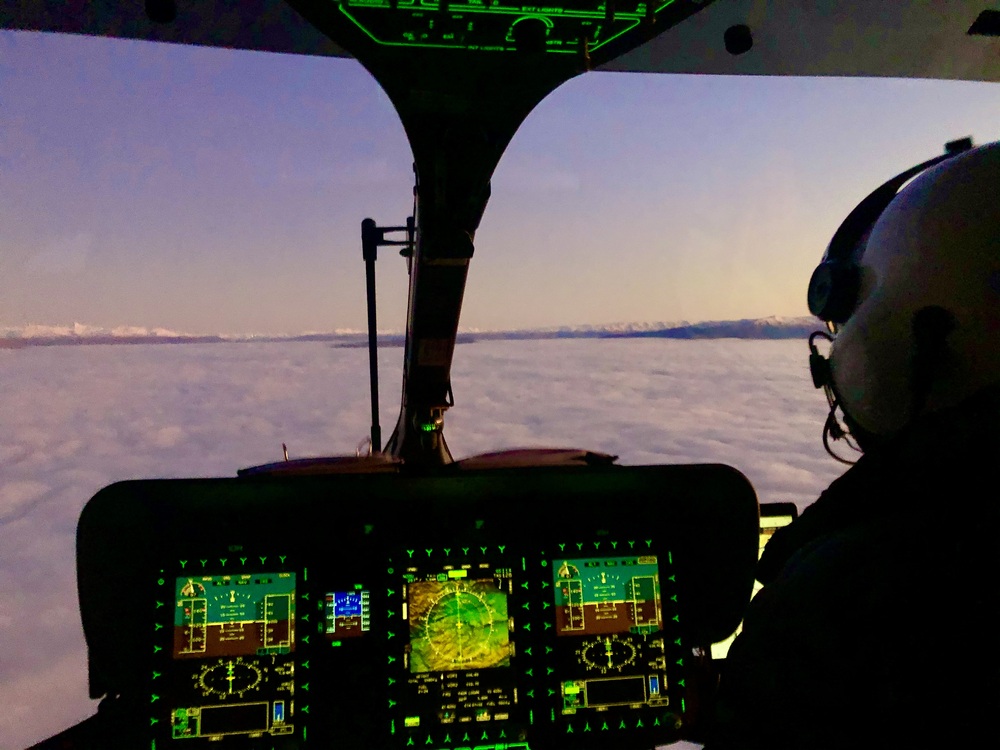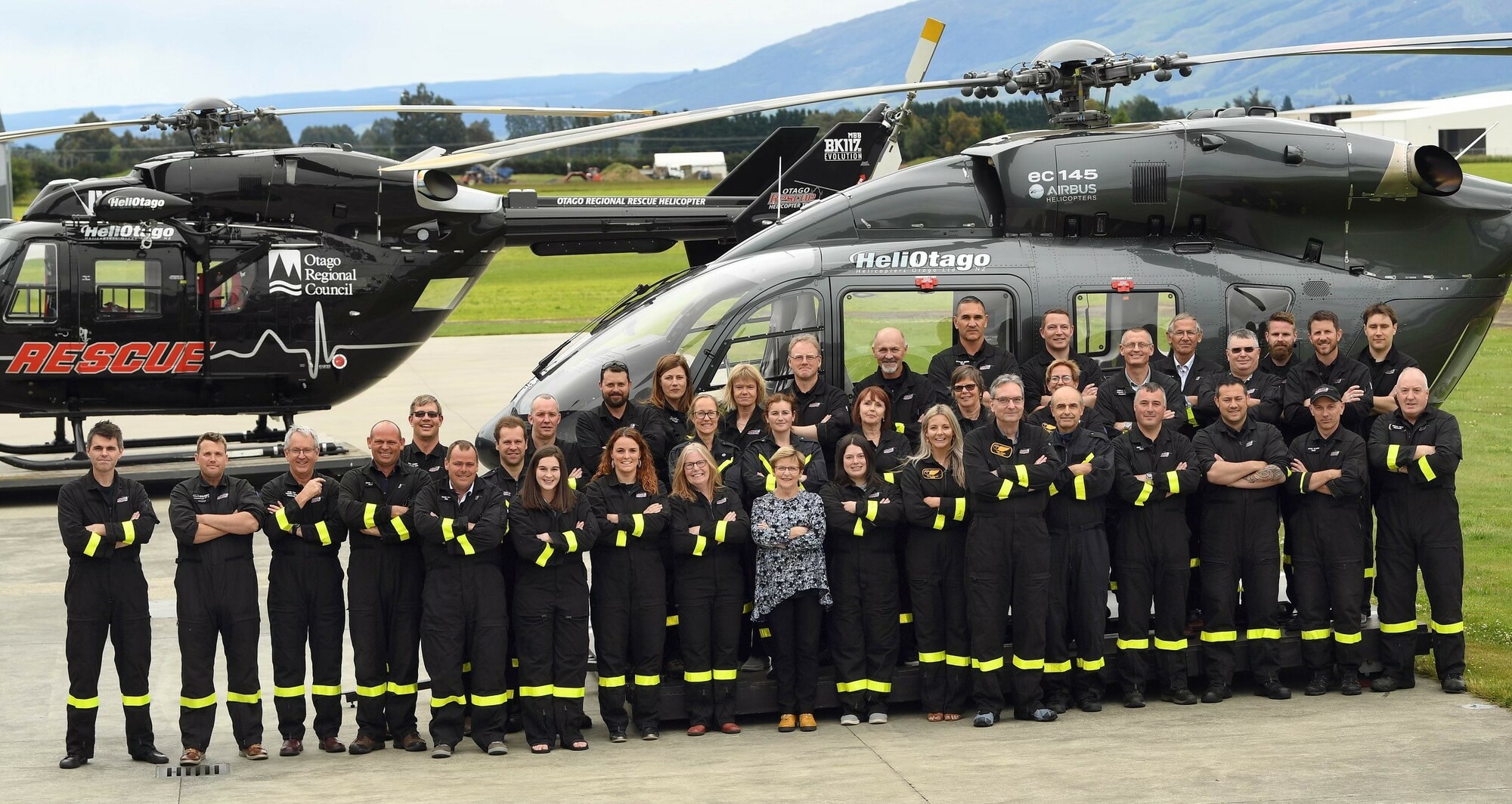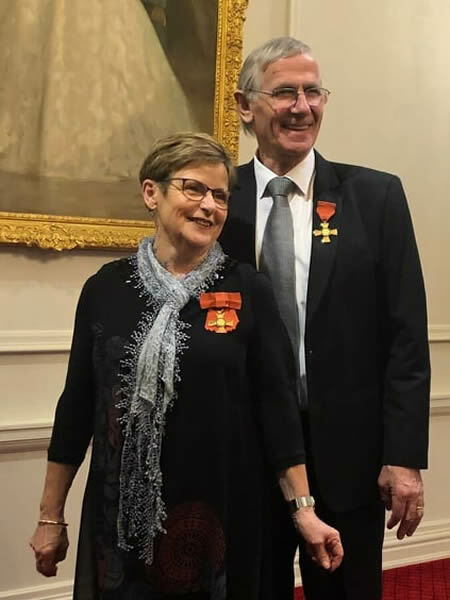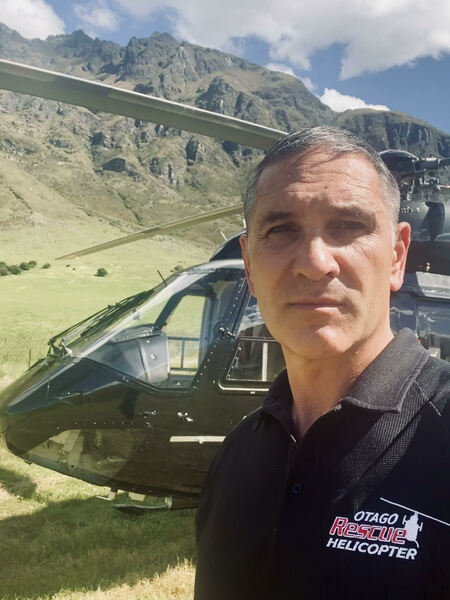Operator and Service
Prepared for any emergency
The Otago Southland Rescue Helicopter service flies life-saving skills and resources directly to where they are most needed.
The service

The operational area for the Otago Southland Rescue Helicopter covers the Southern Region, which includes areas south of the Waitaki River down to Stewart Island and the Subantarctic Islands, and west through to the Haast Pass. This region incorporates approximately 28% of New Zealand’s land mass and approximately 8% of the population. The area includes the largest land mass covered by any single rescue helicopter operator in New Zealand.
HeliOtago operates the rescue helicopters from its fully crewed dedicated helicopter base at Taieri Airfield in Dunedin, with a satellite base in Queenstown. Enhancing the response, Southern Lakes Helicopters in Te Anau may be called on, as available, when needed.
The service brings highly skilled clinical crew to wherever they are needed with a mandated activation time of ten minutes (day), 20 minutes (night) but achieving an average of 5 minutes (day) and 15 minutes (night), 365 days a year.
Accident and medical emergency
In the event of an accident or medical emergency that is time critical or requires higher level care, the Otago Southland Rescue Helicopter service will be dispatched bringing rapid help across the Southern Region.
In conjunction with other emergency services when and where available, the helicopter will fly life-saving crew, rescue equipment and ICU resources directly to the scene. The helicopter arrives with two registered paramedics (at least one of whom is a critical care / intensive care paramedic) who are specially trained flight crew. In some situations, a specialist Intensive Care Retrieval Team from Dunedin Public Hospital is also taken to the scene – our patients couldn’t be in better hands. The teams provide highly skilled, evidence based treatment ahead of flying to the most appropriate hospital for definitive care.
Inter-hospital retrievals
Patients often need to be transferred from regional hospitals, medical centres, or from our main hospitals to move them to where they can receive the best definitive care. The service enjoys a unique working relationship with the Dunedin Public Hospital ICU team, enabling a senior consultant, registrar, nurses, and / or midwives to attend transfers along with the paramedics as needed.
The Rescue Helicopter transfers the patient to the centre that can provide the best possible specialist care. Christchurch Hospital specialises in spinal injuries, severe burns and some neurosurgery while Dunedin Public Hospital is this region’s tertiary level hospital for many specialties including intensive care (ICU), trauma, cardiology and neonatal intensive care (NICU). If a newborn requires ICU management, the service can bring NICU’s flight team of doctors and nurses with the specialised incubator on board.
The working relationship with Dunedin Public Hospital is another unique aspect of the rescue helicopter service we have in the south that makes it truly outstanding.
Search and Rescue
The Rescue Helicopter is dispatched for search and rescue missions following calls to the New Zealand Police or following beacon activations that are tasked by The Rescue Coordination Centre NZ. If a beacon has been activated, this greatly assists to pinpoint where the rescue helicopter needs to fly to. Where necessary, the crew uplifts specialised teams from the Water Rescue Squad, Land or Marine Search and Rescue, or Alpine Cliff Rescue to assist.
Maritime
For an urgent medical evacuation from a vessel at sea, careful coordination and planning are required to locate and carry out the rescue within the helicopter’s operating range. While on larger vessels, a landing may be possible, in most maritime rescues the paramedic crew will winch patients from the ship’s deck into the helicopter.
The Heli Otago team
HeliOtago operates the Otago Southland Rescue Helicopter service for the southern region with dedicated helicopters and crew on standby 24/7.
It is widely recognised that the service owes what it is today to the vision and motivation of one family, the Gales. Graeme and Ros, with the unwavering support of their family and staff, have grown HeliOtago from a ‘one-man band’ to the largest rescue helicopter service in New Zealand.
The rescue helicopters are flown by HeliOtago pilots, an exceptionally talented group with many thousands of hours flying our unique southern skies and geography. It has been said the pilots know every wire across every canyon in the region. Many of the pilots are IFR (Instrument Flight Rules) capable for flying in poor visibility and all are trained in Night Vision Goggle flying – significantly enhancing the ability of the rescue helicopters to respond to poor weather and night-time missions. Read about the equipment here.
Crewing the rescue helicopters is a professional and dedicated team of registered paramedics and critical care / intensive care paramedics. All are trained as helicopter crew - enabling them to assist the pilot in navigation, use role-specific helicopter equipment, guide the pilot into off-pad landing sites, and configure the helicopter for various missions.
HeliOtago helicopters are maintained by a talented team of engineers and avionics technicians. The team is based at HeliOtago, providing efficient turn-around times for maintenance and upgrades.

Featured team profiles - page under construction

Graeme Gale, ONZM, OSt J; and Rosslyn Gale, ONZM
Directors, Helicopters Otago Ltd (Graeme Gale is also the CEO and Chief Pilot)
Graeme and Rosslyn Gale are Directors of Helicopters Otago Limited that operates a substantial and professional helicopter operation based in Mosgiel. Graeme is also the CEO and Chief Pilot.
Since 1992, Helicopters Otago Ltd has operated the rotary air ambulance service that today is known as the Otago Southland Rescue Helicopter Service. Graeme and Ros's vision and dedication to ensuring the service brings patients the best possible care and moves them to the point of best subsequent definitive care is something our community can be very grateful for.
The service has responded to well over 10,000 patients since its inception and Graeme has driven improvements in the responses that can be provided. As an example, he instigated the introduction of Night Vision Goggles (NVGs) into New Zealand, a process that required the consent and approval of the US State Department and the Prime Minister of New Zealand. NVGs are now used by many Emergency Rescue Helicopter Operations throughout New Zealand. Further, Graeme has had the foresight to introduce instrument flight rules (IFR) routes covering the lower South Island that enables the service to respond where adverse weather conditions would otherwise make a resuce impossible.
Rosslyn is the Heath and Safety Co-Ordinator and also the Quality Management Controller and has worked in this role for the last 18 years. The day to day running of the office and financial management of the business is controlled by Rosslyn who runs this efficiently and effectively.
Both Graeme and Ros are passionate and dedicated 24/7 to delivering the very best possible rescue helicopter service to the people of the lower South Island area.
In 2019, Graeme and Ros were appointed Officers of the New Zealand Order of Merit for services to aviation and conservation.

Clayton Girven
Chief Pilot for Instrument Flight Operations and Lead Check and Training PilotOriginally form the North Island, Clayton joined the Otago Rescue Helicopter in 2011.
Receiving his pilot’s licence in 2001 Clayton worked for an Auckland based helicopter company before accepting an opportunity to fly for a Tuna Boat Helicopter company based on the Fair Rich Boats, who were deployed throughout the Pacific Region.
On completing two Tuna Boat tours, Clayton then joined Aeropower in Australia who specialise in precision helicopter powerline utility services throughout out Australia.
After 4 years with Aeropower Clayton moved back to New Zealand where he was accepted to join Philips Search and Rescue Services Ltd based in Palmerton North and Taupo as a rescue helicopter pilot.
Clayton is currently the Chief Pilot for Instrument Flight Operations, and the lead check and training pilot for the team at Helicopters Otago.
Powered by




